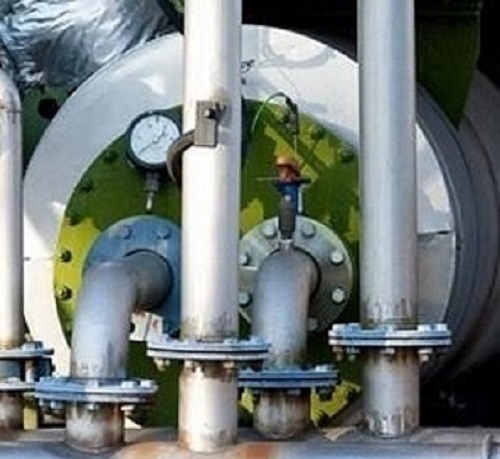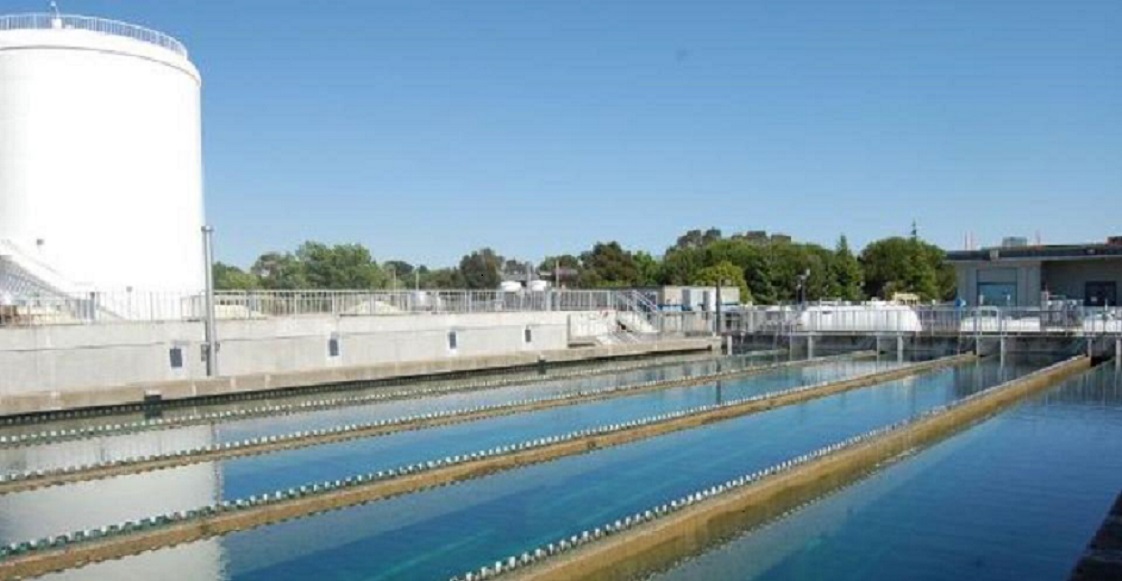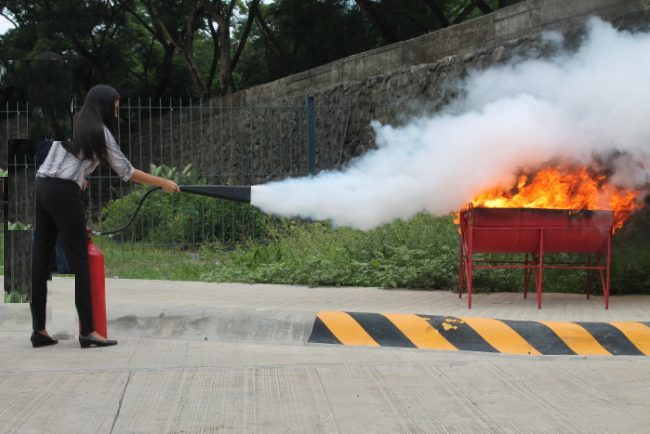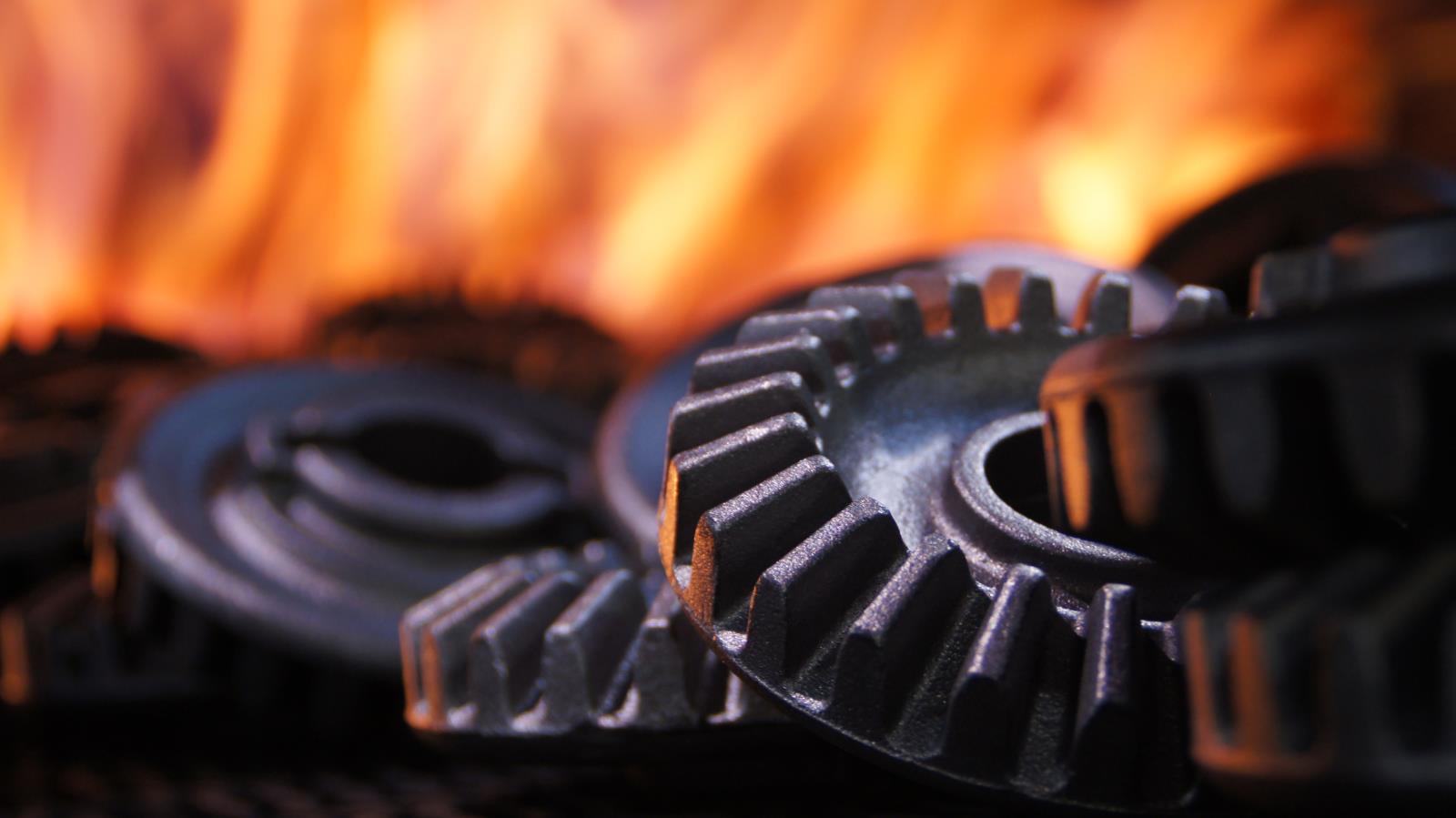“Ventilation is the supplying of air motion in a place by circulation or by moving air through space” Its main objective is to remove surplus heat, water vapor, carbon dioxide dust, etc in textile industries. Given off by the machines, processes, and workmen. Thus ventilation says generally serves as a conveyor for adding and removing heat and humidity.
What is ventilation and why needed in textile industries?
The control of the thermal atmospheric environment for men, materials, and machines is quite necessary. By controlled atmosphere, we can increase production, reduce waste, improve comfort levels, and can obtain an improved quality of the product.
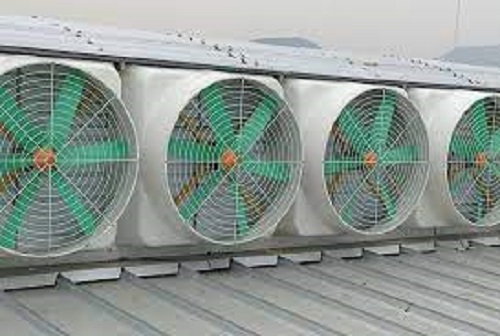
The ventilation can be done by any combination of natural or mechanical supply and exhaust.
Natural ventilation
Natural ventilation is provided by wind force, convection, or a combination of both. It is an effective and economical way in the industry to remove the heat of hot equipment in the department and to remove excessive steam in various reactions. Because of low velocities of air, high buildings having large exhaust and inlet openings, and high internal heat, hoods use convective ventilation.
Although economical natural ventilation can not be relied upon as the change in outside atmospheric conditions and the internal temperature greatly control the ventilation system and also there are limitations on the maximum draught so available. Thus the need of much ventilation system was needed.
Mechanical ventilation
In mechanical ventilation in textile industries, a duct system is used to distribute and disperse the air thereby providing adequate ventilation to all parts of the building. Such distribution permits desirable air movement in space without undesirable draught and temperature satisfaction.
The distribution system must be adequate for ventilation and the amount of air circulation should be according to demand; excessive ventilation must lead to a waste of fuel. The ventilation rates can be determined by considering the number of complete air changes per hour.
Exhaust ventilation to used mostly in dye houses to remove odor, fumes, dust, and heat from an enclosed occupied space. Radial blade axial flow or conventional centrifugal fans may be used for this purpose.
What are the advantages of ventilation?
- If the factories are kept well ventilated the risk of massive infection is greatly reduced. And operators tend to give the best results in a healthy atmosphere.
- Secondly, if the mill is located in an industrial area having major sources of air pollution. The dirtiness of the air is hardly affected by a normal air conditioning plant. Fabrics are likely to get sailed in such an atmosphere either by electrostatic attraction or accumulation of dust on the rapidly moving loom parts so air must be passed through filters before being conditioned.
- Ventilation results in an increase in production, lesser waste, a comfortable level in the shed, and improved quality of the product.
- Ventilation plants are normally designed for summer requirements and are run at low capacity during the winter months.
What is space heating?
The control of thermal atmospheric conditions for textile mills is very necessary. Space heating is used to control the department temperature, especially in winter by using heating techniques. The space heating requirement varies from department to department so different heating arrangements are used in different sections.
Concept of space heating in spinning & weaving
In the case of spinning and weaving departments’ unit heaters, radiant heating with steam, hot water, or panel heating may be employed
Unit heaters
If unit heaters are chosen these should be carefully designed at the installation stage. Such heaters can be suspended from the roof so that there is no encroachment on the floor space. Or maybe stood upon the floor giving a powerful horizontal blast with a comparatively lesser tendency for the air to rise to the roof.
However, it has been observed that there are more warp breakages during winter. Because of the warp being excessively heated and dried by constant contact with hot air delivered by a fan. Thus unit heaters are not used in weaving nowadays.
Steam or hot water heating
Steam, high-pressure, or low-pressure hot waters may be used as the heating medium. Finned tube heat exchanger battery, usually made of copper. It is supplied with steam or hot water from the central boiler plant. It is extensively used because of being compact and economical.
The flexibility and versatility of modern steam systems make them readily adaptable to a wide range of process applications.
Steam has difficulties in regulating heat. Hence resulting in the corrosion of condensate pipe surfaces. And also, the smell of baked dust particles on the heated steam pipe surface.
Radiant strip heating
The heating of walls and floors by the embedded pipe coils is being replaced by the most efficient radiant strip heating. So the idea of heat through concrete or fire brick blocks is placed on the floors. And walls to be heated by electricity are now used. The installed H.P. and lightning intensity in the shed also assist in raising the temperature of a room by converting some of the electrical energy into heat losses.
Concept of space heating in dying and finishing
No space heating instead proper ventilation is essential to remove heat evaluated by machines, especially in summer seasons.
